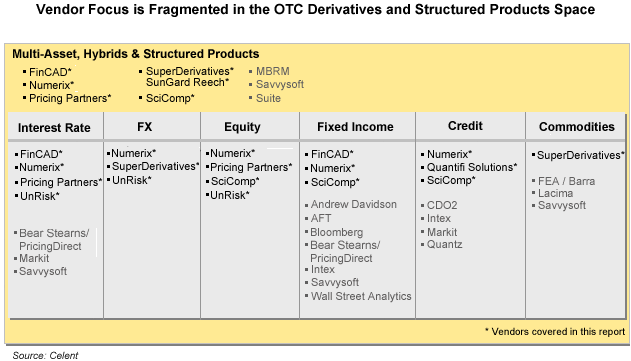OTC Derivatives: The Post-Trade Landscape for Hedge Funds and Asset Managers
Abstract
Global technology spending on OTC derivatives processing will increase from $187.8 million to US$232.5 million by 2011. But the buyside is not as actively involved in these automation efforts as is needed.
Growth in the derivative market has outpaced operational capacity and in-house expertise, affecting everyone--money managers, fund administrators, and prime brokers. The majority of the over-the-counter market trades and post-trade activity is done over the phone or by fax. The financial service industry as a whole has made great progress in credit derivatives, but there's a long road ahead. The buyside has not been actively involved in this shift, according to a new report, . The challenge for money managers and broker-dealers is to automate processing. Potentially, the next five years will be a new era of collaboration, technological creation and an amazing race where the finish line is a win for all.
The global technology spending on third party solutions for automating OTC derivative support in the post-trade/pre-settlement area is US$187.8 million. Celent anticipates a four-year annualized growth rate of 5.5% with total spending reaching US$232.5 million by 2011. These figures include solutions functioning across the process steps discussed in this report and do not include the point solutions that focus on one element, such as collateral management or content management platforms.

Some fund managers are willing to cope with manual processes on small amounts of trading; others rely on services provided by prime brokers. For some firms, the complexity is so challenging that outsourcing to fund administrators is the ideal approach.
"It is estimated up to 30% of OTC derivative trade confirmations contain an error (or errors) and require subsequent handling for rebooking or amendment," says Mayiz Habbal, managing director of the Securities & Investments group at Celent. "The buyside purchaser of technology for derivatives processing is still a rare bird. However, the post-trade/pre-settlement technology category is an active one."
The key drivers to change are the broker-dealer community, organizations like ISDA, DTCC Deriv/Serv, and the regulatory agencies, as well as the largest traditional asset managers and hedge funds. It is a collaborative effort that will take time but is launched on the heels of success in credit derivatives.
"Importantly, the calls to automation hold much promise to benefit the industry as a whole. Vendors will no doubt help shape the future of the financial markets," Habbal added.
The 32-page report contains 10 figures and two tables. A table of contents is available online.
Members of Celent's Institutional Securities & Investments and Retail Securities & Investments research services can download the report electronically by clicking on the icon to the left. Non-members should contact info@celent.com for more information.
